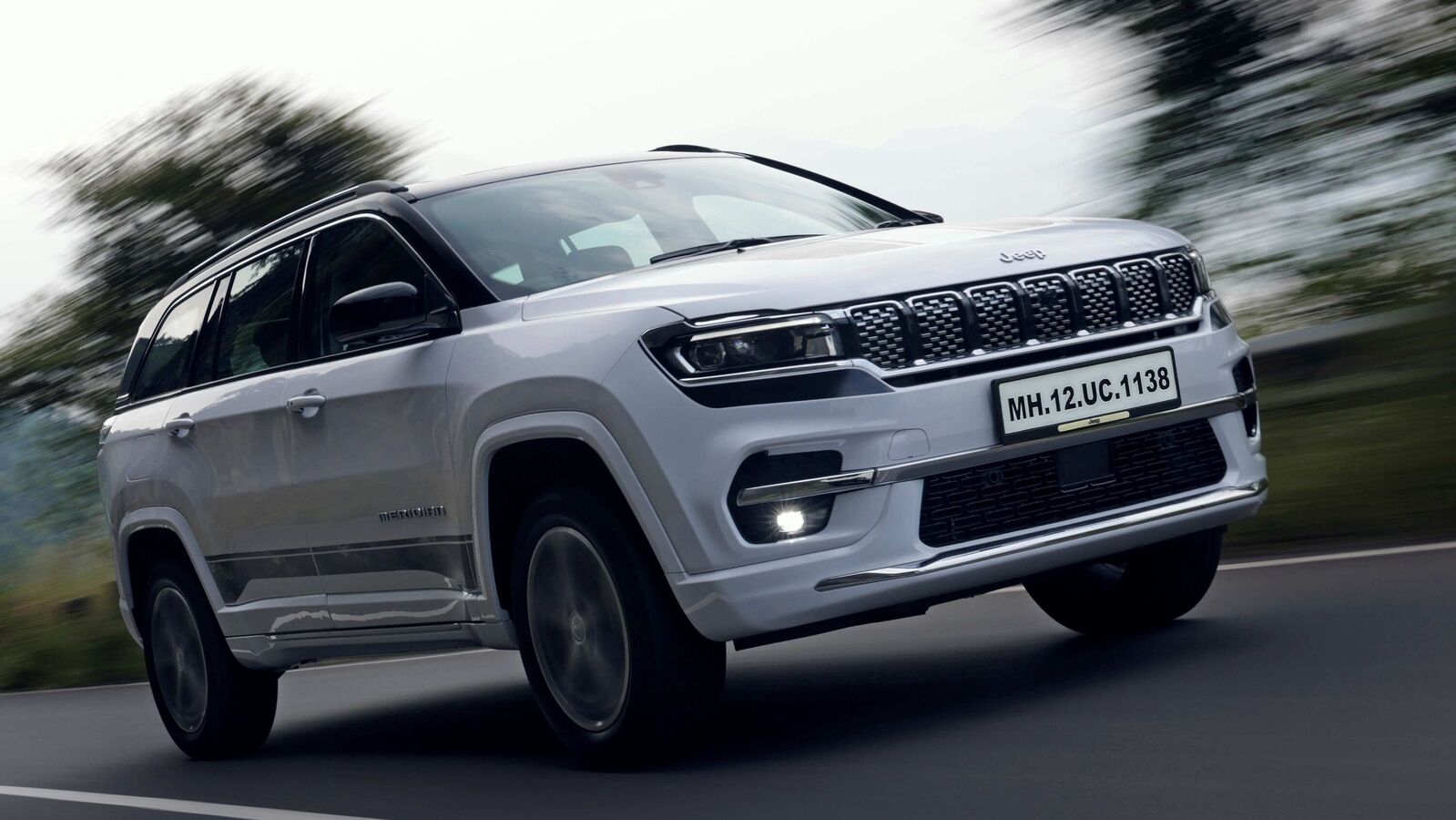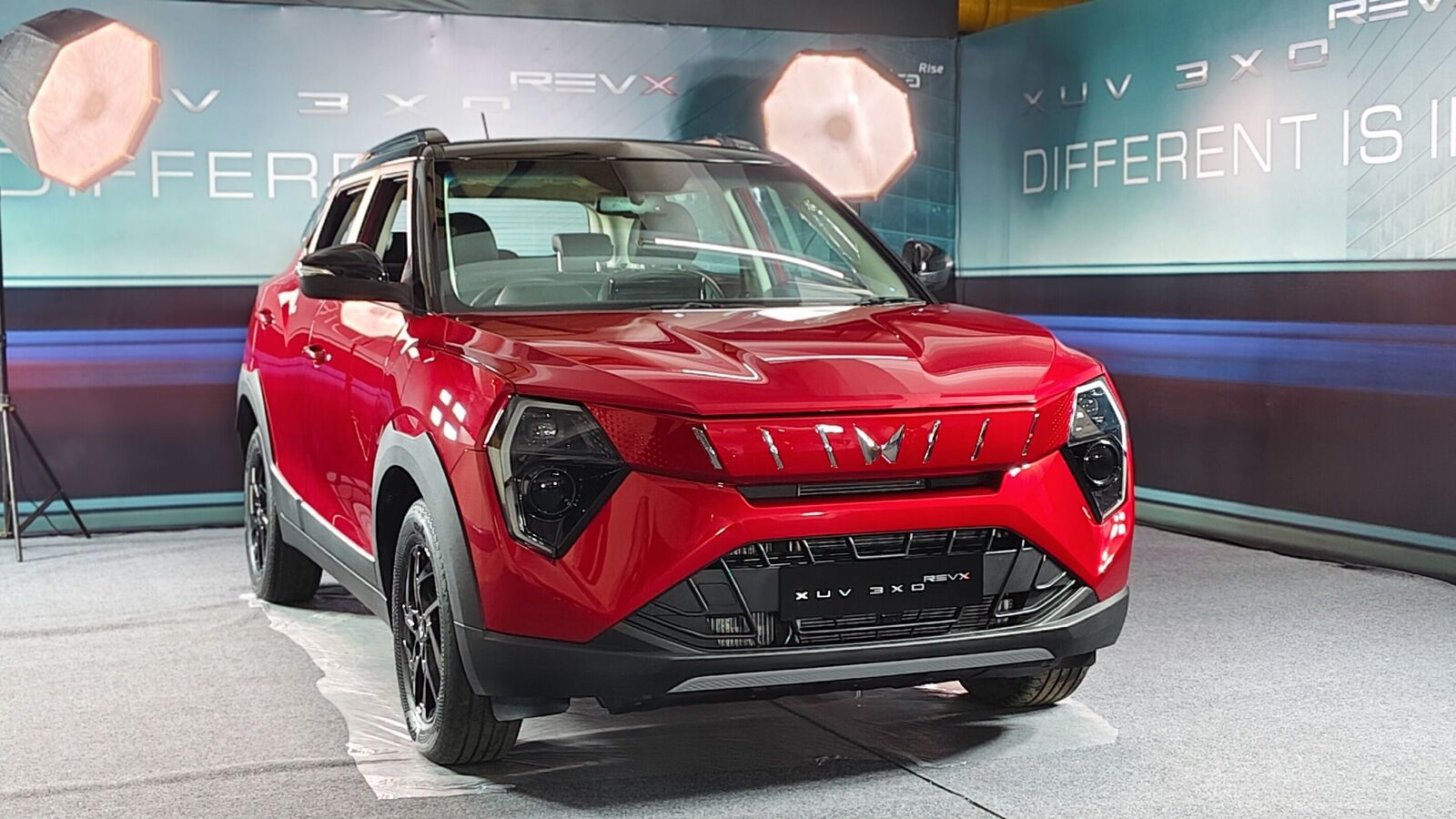08 July 2025

The German new-car market suffered its fifth decline of 2025 in June. An exceptional plug-in hybrid (PHEV) result was not enough to offset a significant petrol and diesel decrease. Tom Hooker, Autovista24 journalist, analyses the figures.
New-car registrations in Germany fell by 13.8% in June, with a total of 256,193 units. This equated to a loss of 41,136 units year on year. It also marked the country’s biggest overall monthly decline since August 2024. However, the volume was also the highest delivery total recorded since June 2024.
The commercial sector endured a 15% drop in volumes while still accounting for 67% of the market, according to the latest data from the KBA. In the private sector, registrations decreased by 10.2%.
By the end of the first half of 2025, the German new-car market was down 4.7% compared to the same period last year. This was a significant drop from the 2.4% year-to-date decline recorded in May.
A total of 1.4 million units took to the country’s roads from January to June. This leaves a gap of 68,883 deliveries to make up in the second half of the year, if the market wants to return to growth.
PHEVs carry the market
PHEV volumes surged by 66.4% in June with 25,608 registrations. This translated to a year-on-year gain of 10,217 units.
The powertrain was comfortably the best-performing in the month, in terms of growth. The result continued the technology’s streak of double-digit improvements since the start of the year. Since March, PHEVs have posted growth of at least 60% every month.
Excluding the PHEVs from the overall new-car market would have seen it suffer an even steeper decline of 18.2%. The technology took a 10% market share in June, up by 4.8 percentage points (pp) compared to the same month last year. However, PHEVs still sit 3.9pp away from diesel, the next closest powertrain.
‘The growth of PHEVs has been very strong in 2025. A total of 138,905 PHEVs were registered from January to June. This was a striking 55.1% increase compared to the first six months of 2024. It gave the technology a 9.9% market share, up from 6.1%,’ explained Robert Madas, Autovista Group’s regional head of valuations.
BEV growth slows
Battery-electric vehicle (BEV) deliveries increased by 8.6% in June, reaching 47,163 units. This was its highest delivery total since December 2023. However, the result ended a double-digit growth streak that began at the start of this year. The technology captured 18.4% of overall volumes, an increase of 3.8pp compared to June 2024.
‘A total of 248,726 BEVs were delivered in the first half of 2025, equating to an impressive registration improvement of 35.1% year on year. This corresponded to a market share of 17.7%, up from 12.5%,’ stated Madas.
The powertrain has helped to prevent further declines in the overall market, gaining 64,601 units year on year.
‘June’s registration figures were again influenced by the accelerated shift towards electric vehicles (EVs), compared to a slump in the first months of 2024 due to the removal of subsidies for electric cars at the end of 2023. Electrified cars are still booming, with BEV and PHEV models showing good growth in particular,’ noted Madas.
Combining PHEV and BEV figures, the EV market improved by 23.8% in June. Despite being the smallest plug-in growth of the year, EVs have recorded double-digit increases every month so far in 2025. Its 72,771-unit total was also the highest monthly volume for the powertrain grouping since August 2023.
EVs made up for 28.4% of total registrations in June, up by 8.6pp year on year. In the first half of 2025, volumes grew by 41.6% to 387,631 deliveries. This gave it a 27.6% market hold, an improvement of 10pp compared to the same period last year.
A government U-Turn?
At the start of July, a planned reduction in electricity tax for private households was dropped by the German coalition government, according to Die Zeit. It had been previously agreed to reduce the electricity tax as quickly as possible for everyone.
However, the federal government recently decided to initially reduce the electricity tax only for the manufacturing, agriculture and forestry industries. This decision has been criticised by automotive industry bodies, who saw the relief as a helping hand in boosting EV adoption.
‘We are disappointed that the governing coalition has now withdrawn the promised reduction in electricity tax,’ commented VDIK president Imelda Labbé.
‘With the sudden withdrawal of the planned reduction, the federal government is continuing the lurching course in electromobility that the previous government initiated with the abrupt end of the environmental bonus in 2023,’ she said in a separate statement.
Electricity’s decisive role
The introduction of a charging card with electricity credit is currently being discussed. This could provide an alternative incentive to buyers instead of purchase incentives. It could also create a significant standardisation of the charging process at public charging points.
‘Electricity costs play a decisive role in EVs. Therefore, the price of electricity must be lowered at least to the European average level. The average energy costs per kilometre must not be more expensive than for comparable combustion vehicles,’ outlined Labbé.
‘With the withdrawal of the federal government, one of the most important impulses for the switch to climate-neutral electric vehicles is no longer available. We urgently need the announced measures to promote e-mobility to achieve a share of well over 20% BEVs in new registrations and thus the CO2 fleet limits,’ she stated.
‘Despite the upward trend in e-mobility in the first half of the year, the private market in particular needs strong impetus for more growth,’ said ZDK vice president Thomas Peckruhn.
‘We urgently need cheaper charging electricity prices and a significant reduction in grid charges. Equally important is more transparency in charging tariffs,’ he noted.
Misplaced EV incentives
Meanwhile, at the end of June, the government adopted the Act for an Immediate Tax Investment Programme to Strengthen Germany as a Business Location. This act included a degressive depreciation scheme for commercial EV customers, as written by the IHK.
Businesses that purchase BEVs between 1 July 2025 and 31 December 2027 can claim 75% of the purchase cost as depreciation in the first year. The remainder is depreciated over the next five years. It falls to 10% in year two, then 5% in years three and four, 3% in year five and 2% in year six.
However, the ZDK has criticised the act, stating that it has missed other important sectors of the BEV market.
‘As important as it is to boost the company car business for the car trade, the federal government should always think about incentives for private households in such a promotion initiative,’ highlighted Peckruhn.
‘The federal government is talking about waiving subsidies, but at the same time is relying on tax advantages and price limit increases. That does not go together. To advance the ramp-up of e-mobility as a whole and in the best possible way, we urgently need growth incentives for private customers in addition to commercial promotion,’ he stated.
Social leasing program drawbacks
Peckruhn also commented that current social leasing programs are allowing more new-car registrations in the short term. But, in the long term, they are stopping the creation of a sustainable vehicle fleet.
This is because many lessees cannot afford to take over their vehicle after the end of their contract. Some even switched back to cheaper internal-combustion engine (ICE) models.
‘Funded projects should instead aim to create permanent ownership and enable viable financing models. Any measures must also include the second-hand car market. After all, building a healthy used car market for EVs is essential for the spread of this technology,’ claimed Peckruhn.
Record petrol market decline
Registrations of petrol-powered cars fell by 34.7% in June to 73,015 units. This equated to a loss of 38,753 deliveries year on year.
It marked the fuel type’s biggest monthly decline since December 2021 and continued petrol’s streak of double-digit declines in 2025. This was despite recording its largest monthly volume total in eight months. Removing petrol from the overall new-car market would have resulted in a drop of just 1.3%.
The powertrain captured 28.5% of overall deliveries in June, down by 9.1pp compared to June 2024. In the year to date, petrol volumes fell by 27.8%, with 397,433 units. This gave the fuel type a 28.3% market hold, down from 37.4%
Diesel follows suit
Diesel-powered cars also suffered a severe decline in June. Deliveries decreased by 32.4% year on year, with 35,610 units handed over to customers. Like petrol’s performance, this marked the fuel type’s biggest monthly drop since December 2021.
It also continues diesel’s run of double-digit declines, which stretches back to December 2024. The powertrain captured 13.9% of total new-car volumes, down by 3.8pp compared to 12 months ago.
In the year to date, diesel registrations fell by 23.3% to 211,327 units. This gave the fuel type a 15.1% share, a drop from its 18.7% market hold during the same period in 2024.
Adding together petrol and diesel figures, the ICE market slumped by 33.9% last month, with 108,625 deliveries. This marked the powertrain groupings’ biggest year-on-year decline since February 2022, despite recording its highest monthly volume total since November 2024.
Excluding ICE models from Germany’s new-car registration total in June would have seen a complete change in fortunes, as the market would have grown by 11.1%. The powertrain grouping accounted for 42.4% of overall volumes, a drop of 12.9pp year on year.
From January to June, ICE models suffered a 26.3% fall in deliveries, posting 608,760 units. This translated to a 43.4% share, down from 56.1%.
Hybrid market stabilises
Hybrids, including both full and mild hybrid powertrains, recorded a marginal 1% growth in June, reaching 73,332 registrations. This was a gain of 753 units compared to 12 months prior. June represented the technology’s smallest growth so far in 2025.
However, it continues its growth streak, which began in September 2024. Hybrids made up for 28.6% of total new-car deliveries, up by 4.2pp year on year. This also made hybrids the leading powertrain in Germany, by just 0.1pp.
Across the first five months of 2025, the technology has seen a 9.9% increase in volumes to 399,966 registrations. This gave hybrids a 28.5% share in the year to date, up from 24.7%.
Despite having taken over as the leading powertrain type in March 2025, hybrids have been unable to pull away from petrol. The gap has consistently sat between 0.4pp and 0.2pp since then.
Adding hybrids into the EV powertrain mix, the electrified market grew by 11.2% last month, handing 146,103 new models over to customers. The powertrain grouping possessed 57% of overall deliveries, an increase of 12.8pp on June 2024. This was its highest share of 2025 so far.
In the first half of the year, volumes of electrified models improved by 23.5%, thanks to 787,597 registrations. This gave the powertrain grouping a 56.1% share, up from its 43.3% market hold in 2024.
Off the gas
The ‘others’ category, including hydrogen fuel-cell electric vehicles, natural gas and liquified petroleum gas vehicles, E85/ethanol and other fuels, dropped by 1.7% in June. According to Autovista24 calculations, the category made up for 0.6% of total volumes, up 0.1pp year on year.
Across the first five months of the year, the powertrain grouping endured a 20.7% fall in deliveries to 6,401 units. However, its 0.5% market share is stable from the same period in 2024.




